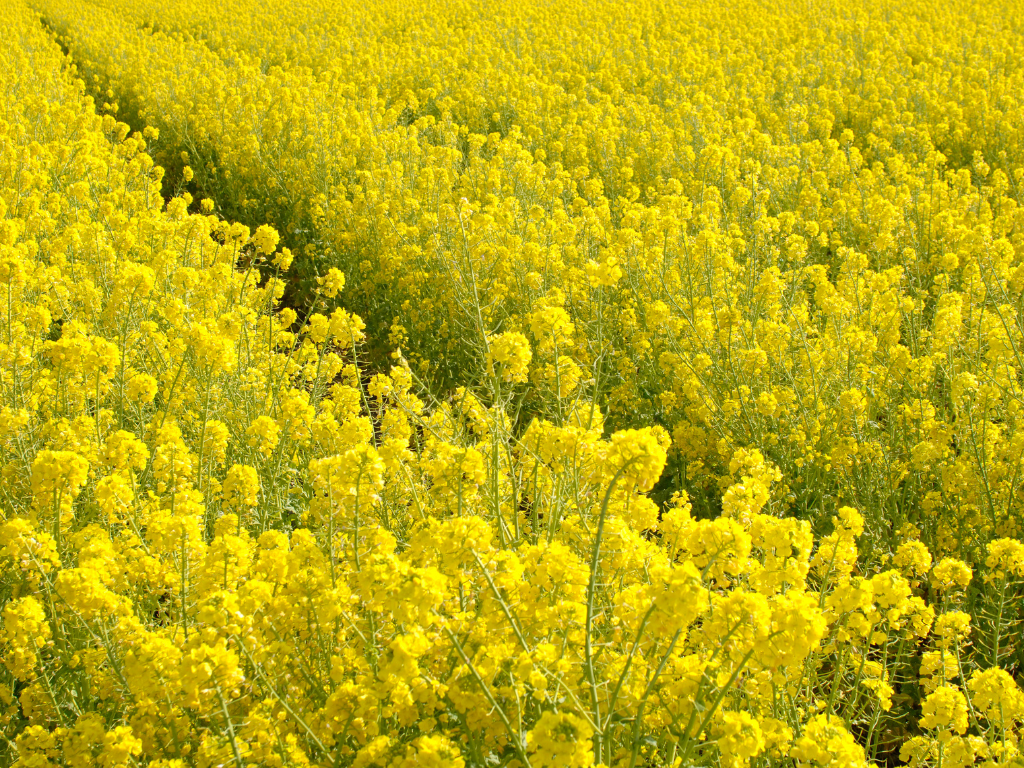Fertilizer requirements of white mustard
Every soil is unique because of its nutrient availability so, First of all, start with a soil test to check the nutrient availability of the soil it is the first step for getting your desired yield. After determining the deficiencies of the soil we can choose fertilizers according to our soil’s needs.
Start with Manuring: We can add manure to increase the overall soil health by adding decomposed manure, our soil health will improve. But ensure that the manure is fully decomposed and contains no weeds. We can adjust the PH of our composts by adding limestone to increase it and Sulphur to decrease it.
Nitrogen application in Mustard
It is essential for the high yield and vigorous growth of mustard. The mustard crop also responds strongly to Nitrogen. The optimal nitrogen application rate for white mustard crop is 80-100 kg/ha (70 to 90 pounds per acre). However, the specific rate that is required will depend on the soil type, climate, and expected yield. For example, higher nitrogen rates may be required for sandy soils or in areas with high rainfall. Nitrogen can be applied in a variety of forms, including urea, ammonium sulfate, and anhydrous ammonia.
The best time for application is during the seeding by direct seeding system. Nitrogen deficiency can lead to stunted growth, yellowing of leaves, and reduced yields.
Phosphorus application in Mustard
It is essential for the healthy growth of the root system and helps in the formation of new tissues. The optimal phosphorus application rate for white mustard crop is 40-50 kg/ha (35 to 45 lb per acre). Phosphorus can be applied in a variety of forms, including superphosphate, triple superphosphate, and diammonium phosphate (DAP). It is immobile in the soil to be added within or near the seed row. Phosphorus deficiency can lead to stunted growth, delayed maturity, and reduced yields.
Potassium application in Mustard
Potassium is essential for water and nutrient uptake, disease resistance, and stress tolerance. Disease, drought, and frost tolerance all require adequate amounts of potassium. The optimal potassium application rate for white mustard crop is 40-60 kg/ha (35 to 55 lb per acre). Potassium can be applied in a variety of forms, including muriate of potash (MOP), sulfate of potash (SOP), and kainite. Potassium deficiency can lead to weak stems, wilting, and reduced yields.
Sulphur application in Mustard
Sulfur is essential for protein synthesis, chlorophyll formation, and oil production.
The mustard plant needs as much as twice sulpher when compared to the cereal crops. White mustard is a sulfur-loving crop, so it is important to ensure that the soil has adequate sulfur levels. The optimal sulfur application rate for the white mustard crop is 20 to 22 kg/ha (17 to 20 lb per acre)
Sulfur can be applied in a variety of forms, including elemental sulfur, gypsum, and ammonium sulfate. Sulfur deficiency can lead to yellowing of leaves, stunted growth, and reduced yields.
The fertilizer schedule for white mustard crop could be as follows:
Basal application: Apply half of the nitrogen and all of the phosphorus and potassium at the time of sowing.
Top dressing: Apply the remaining half of the nitrogen 30-45 days after sowing.
Further reading
Mustard History, Plant Information, and Nutritional Value
Mustard Soil preparation, Soil requirements, and Seeding requirements.
Principals for selecting best variety for White mustard.
Fertilizer requirements of white mustard
Irrigation requirements and methods for white mustard
Yield, Harvest, and Storage of Mustard
Pests, Diseases and Weed Management of Mustard
References:
https://saskmustard.com/production-manual/fertility/sulphur/index.html
https://saskmustard.com/production-manual/fertility/potassium/index.html
https://saskmustard.com/production-manual/fertility/phosphorus/index.html
https://saskmustard.com/production-manual/fertility/nitrogen/index.html










































































